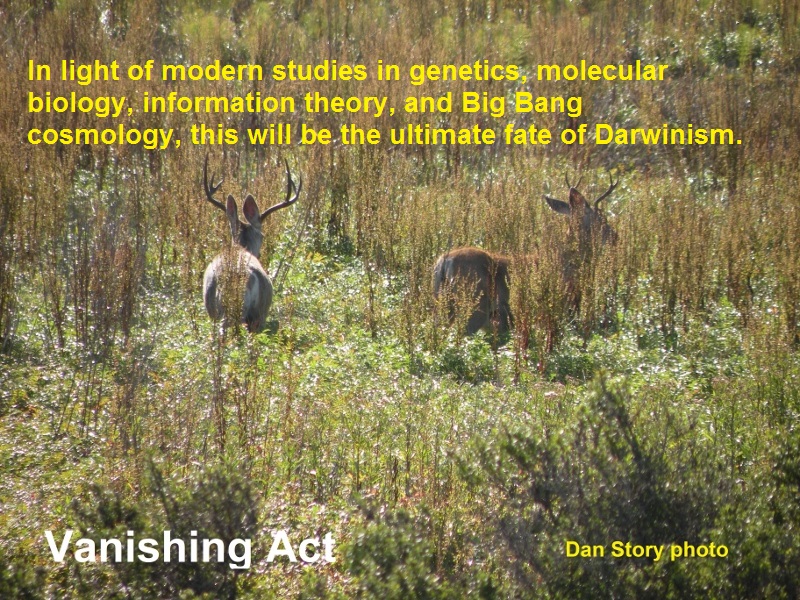
Part Eleven: DOES THE FOSSIL RECORD REVEAL THAT FISH, AMPHIBIANS, REPTILES, BIRDS, AND MAMMALS EVOLVED ONE FROM ANOTHER?
According to naturalistic evolution, invertebrates (animals without backbones) suddenly appeared during the Cambrian Period (see last week’s blog) and continued to evolved into vertebrates—animals with backbones. Is there fossil evidence for this?
The first vertebrates reputed have evolved from invertebrates are fish. However, in spite of millions of years of purported evolution, not a single legitimate transitional fossil between invertebrates and fish have been found. When fish appear in the fossil record, they are fully developed—possessing fins, scales, and gills. Supposedly, after many million years, fish fins turned into legs, gills into lungs, and amphibians crawled out of the water. Yet when amphibians appear suddenly in the fossil record, they too are fully developed with no known transitional ancestors. The same is true for reptiles, birds, and mammals.
What about evolution within individual classes of animals, such as Mammalia (mammals)? The lack of transitional specimens occurs here too. Take for example the widely held evolutionary scenario that whales evolved from an ancestral land mammal some fifty million years ago. Imagine the modifications necessary to convert a land animal into a whale. It would require, among other changes, an entirely new body shape to facilitate efficient swimming; forearms, feet, and claws evolving into fins or flukes; nostrils moving onto the top of the head; and the emergence of tail flukes—not to mention all the changes that would have had to take place simultaneously within the internal organs and bone structures.
It’s been estimated it would take 50,000 intermediate transitional stages for a land-dwelling mammal to evolve into a sea-dwelling marine mammal. This translates into countless millions of individual transitional specimens. Where are they? The fossil record has yet to reveal them. Like other mammals, whales appear suddenly in the fossil record fully formed and distinct from other mammals.
But what about all those transitional species illustrated in magazines, textbooks, and on the internet? Aren’t they replicas based on fossil evidence? No. In fact many textbook drawings of transitional species are simply artists’ conceptions of what they think such animals would look like if they did exist! Furthermore, virtually all so-called transitional species are examples of microevolution not macroevolution (see blog post eight in this series). There may be vague resembles between one class of animal and another, but none with distinct anatomical features that represent true transitions, such as half-feathers/half-scales, half-legs/half-wings, half-forearms/half-flukes, and so on. As the late Dr. Henry Morris, observed, “The evolutionary transition from invertebrates to vertebrates must have involved billions of animals, but no one has ever found a fossil of one of them.” (Scientific Creationism , 81-82). The same can be said about vertebrates. ©
Coming up: Next week I’ll start a new series of blog posts explaining how to put the burden of proof on skeptics when engaged in apologetic/evangelistic discussions—rather than just defending the Christian position on issues.
Reminder: All the series of apologetic topics I’ve posted as blogs during the past six-plus years are considerably more developed in my recently released, updated edition of Defending Your Faith; Reliable Answers for a New Generation of Seekers and Skeptics (Kregel Publications, 2019). I provide a short synopsis on my homepage above, or go to my book page on Amazon and click on “Look Inside” for more information.